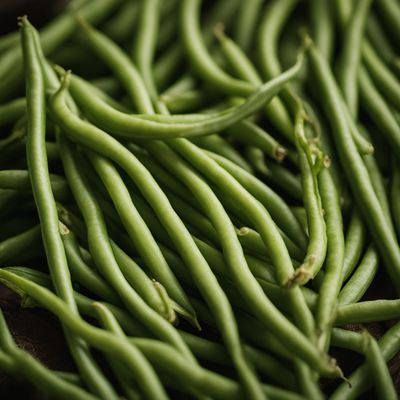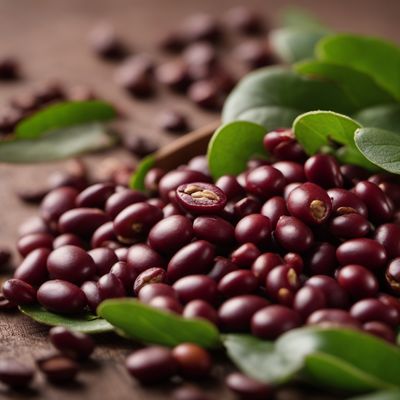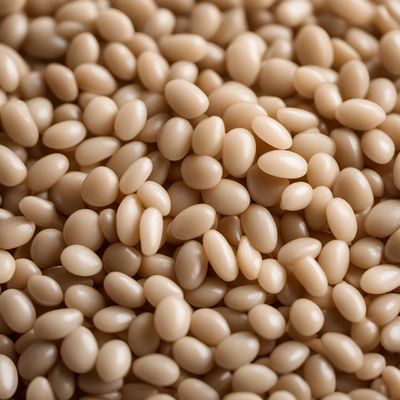
Ingredient
Lablab beans (dry)
The Versatile Legume: Lablab Beans
Lablab beans are small, oval-shaped legumes with a creamy white color and a smooth texture. They have a mild, nutty flavor that pairs well with a wide range of ingredients. When cooked, they become tender and slightly creamy, making them a popular choice in many cuisines around the world.
Origins and history
Lablab beans have a long history of cultivation and consumption in various parts of the world. They are believed to have originated in Africa and have been grown for thousands of years. Lablab beans are highly valued for their nutritional content and adaptability to different climates and growing conditions.
Nutritional information
Lablab beans are a good source of protein, fiber, and essential minerals such as iron and potassium. They are also low in fat and calories, making them a healthy addition to any diet. Additionally, lablab beans contain antioxidants that help protect against oxidative stress and inflammation.
Allergens
Lablab beans may cause allergic reactions in some individuals, particularly those with legume allergies. It is recommended to exercise caution and consult with a healthcare professional if you have any known allergies or sensitivities.
How to select
When selecting lablab beans, look for dry beans that are uniform in size and free from any signs of mold or insect damage. Avoid beans that are discolored or have a musty odor, as this may indicate spoilage. If possible, choose organic lablab beans to ensure they are free from pesticides or other chemicals.
Storage recommendations
To maintain the freshness and quality of lablab beans, store them in a cool, dry place in an airtight container. They can last for up to a year when stored properly. Avoid exposing the beans to moisture or humidity, as this can cause them to spoil or become moldy.
How to produce
Lablab beans can be easily grown in a home garden or purchased from local farmers markets or specialty stores. They are a warm-season crop that requires full sun and well-drained soil. Sow the seeds directly into the ground or start them indoors and transplant once the seedlings are established. Regular watering and occasional fertilization will help promote healthy growth.
Preparation tips
Lablab beans can be cooked in a variety of ways, including boiling, steaming, or sautéing. They can be used as a protein-rich addition to soups, stews, and curries, or enjoyed on their own as a side dish. Before cooking, it is recommended to soak the beans overnight to reduce cooking time and improve digestibility.
Culinary uses
Lablab beans are commonly used in traditional African, Indian, and Southeast Asian cuisines. They are often added to soups, stews, and curries for their creamy texture and nutty flavor. Lablab beans can also be used in salads, dips, and spreads for added protein and fiber.
Availability
Lablab beans are commonly available in African, Indian, and Southeast Asian markets. They can also be purchased from specialty stores or online retailers that specialize in international ingredients.
More ingredients from this category » Browse all

Guar beans (dry)
Versatile Legumes: Guar Beans

Mung beans (dry)
The Mighty Green Legume

Runner beans (dry)
The Versatile Legume: Exploring the World of Dry Runner Beans

Borlotti or other common beans (dry)
The Versatile Dried Beans

Yardlong beans (dry)
The Nutrient-Packed Legume: Yardlong Beans

Azuki beans (dry)
The Tiny Powerhouse: Azuki Beans

Black eyed peas (dry)
The Lucky Legume

Monantha vetches (dry)
The Versatile Monantha Vetches

Stink beans (dry)
The Aromatic Delight: Stink Beans

Ervils (dry)
The Nutritional Powerhouse: Exploring the Versatility of Dry Ervils

Broad beans (dry)
Hearty and Nutritious: The Dried Legume Powerhouse

Rice beans (dry)
The Versatile Powerhouse: Rice Beans